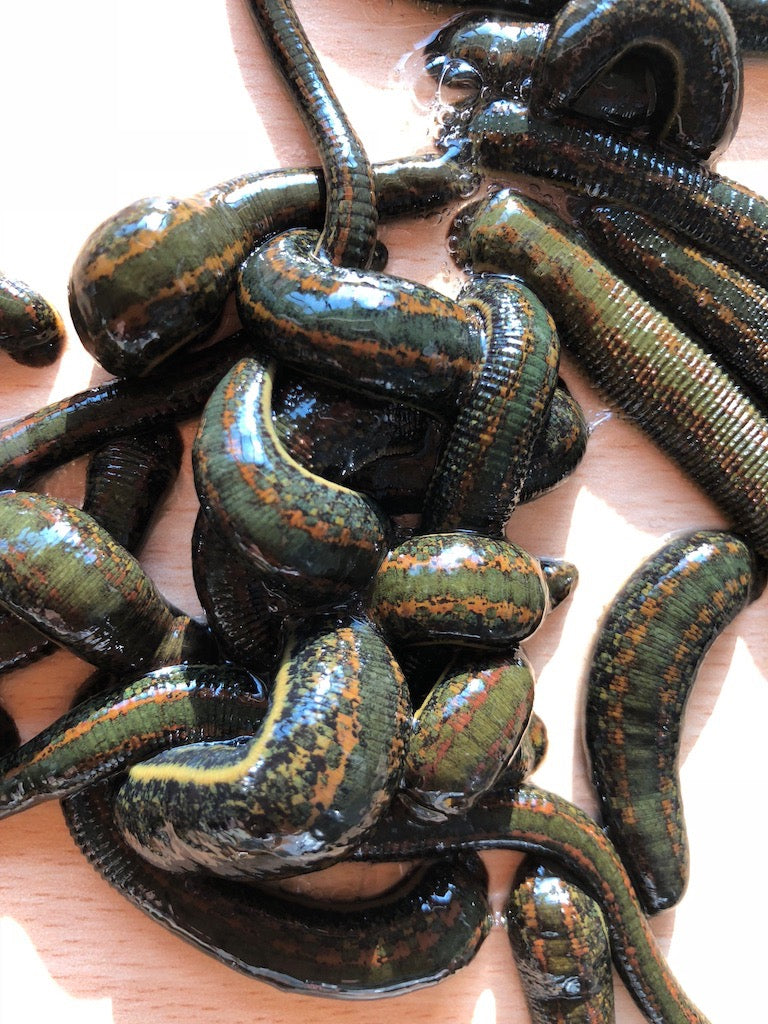Scientists have discovered that a case of mistaken identity means that "medicinal leeches" which have been used by doctors for centuries are not officially approved for medicine.

As well as the doctors who use them today in plastic surgery, numerous researchers who have studied the medicinal leech have also been using a different kind of blood sucker from the one they thought, according to a DNA study that now calls their findings into question.
Hirudo medicinalis, described by the father of taxonomy Linnaeus in 1758, has long been considered the sole European medicinal leech. Yet, as early as 1827, at least five additional species were recognised. Now a study of their DNA has provided the first conclusive way to tell them apart.
DNA barcoding work led by Mark Siddall at the American Museum of Natural History has revealed that commercially available medicinal leeches, until now assumed to be the species Hirudo medicinalis, used around the world in research and after surgery, are actually a closely related but genetically distinct species, Hirudo verbana. Moreover, the study has shown that wild European medicinal leeches comprise at least three distinct species, not one.
Dr. Siddall and his colleagues analysed the DNA of wild leeches from across their range in Europe, as well as from samples supplied by commercial providers and university laboratories that use leeches to study the nervous system and the way genes regulate development.
Their analysis clearly showed that the commercial and laboratory specimens were not Hirudo medicinalis, as they were labelled, but rather Hirudo verbana.
This carries significant regulatory implications, said the team: Hirudo verbana has not been approved by the US Food and Drug Administration - as was thought to have occurred in 2004 - and it has no special conservation status, unlike Hirudo medicinalis, which is still afforded protection under various conservation conventions.
Commercially available European medicinal leeches also are used extensively by biomedical researchers studying biological processes such as blood coagulation, developmental genetics, and neurobiology.
Studies of commercial specimens have figured prominently in the discovery and production of anticoagulants and so called protease inhibitors, some of which may have cancer-fighting properties.
That researchers have been mistakenly using Hirudo verbana in their work for decades may call much of this research, including hundreds of scientific publications, into question and force a reconsideration of what scientists think they know about this widely studied species. And they add that Hirudo verbana should also be offered protection.
But the discovery is not all bad news. "This raises the tantalising prospect of three times the number of anticoagulants, and three times as many biomedically important protease inhibitors as previously thought," said Dr Siddall.
"However, it will also require a more nuanced effort aimed at conserving these much-maligned animals, and in a manner that takes into account their impressive diversity."
Dr Siddall reported his discovery in the the Proceedings of the Royal Society B, with Peter Trontelj from the University of Ljubljana in Slovenia, Serge Utevsky from the V. N. Karazin Kharkiv National University in Ukraine, Tripp Macdonald of Rutgers University, and Mary Nkamany from the City University of New York.







